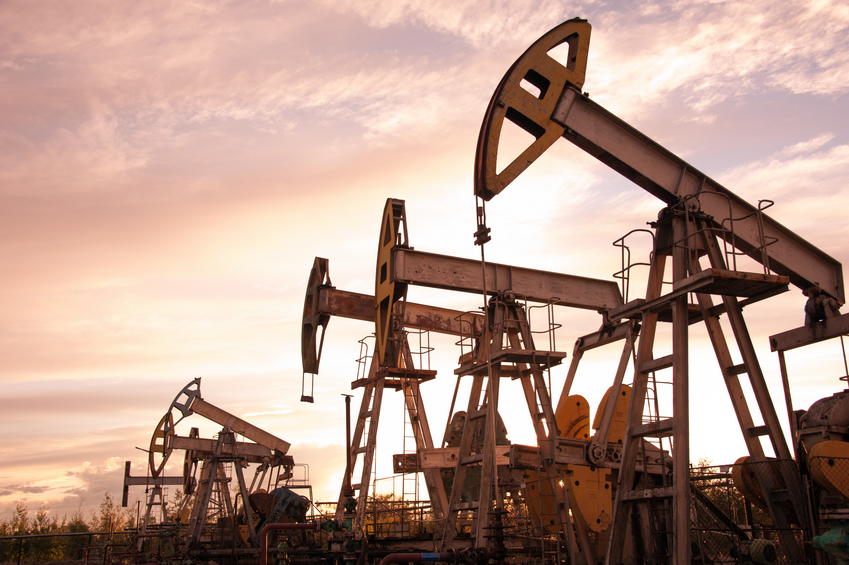Petroleum Reservoir Rock and Fluid Properties

This online engineering PDH course provides basic understanding of rock and fluid properties as related to petroleum reservoirs.
Oil and gas are becoming more costly to find and many operators are competing intensively for every barrel found. Every operator should, therefore, recognize that the economic future of his company is based on only a small portion of oil originally occupying the reservoir. Sound operations based on proper engineering and planning usually result in great financial gains through increased oil recoveries. This scarcity of oil and gas required the emergence of reservoir engineering in the late of 1940’s that deals with occurrence and movement of fluids in reservoirs and their recovery. Reservoir engineering applications embodies a thorough study and evaluation of all factors affecting recovery of oil and gas to determine the most efficient and profitable method of production commensurate with economic trends.
The Society of Petroleum Engineers of AIME has reported that an alarming amount of oil is being left in the ground, either because we have not known how to recover it economically or because we have not applied the improved recovery techniques known for a number of years to be highly successful. Therefore, this course will describe and illustrate the complex science of reservoir behavior and control in a simple, straightforward, and practical manner without using complex formulas or mathematics.
This 5 PDH online course is applicable to petroleum, chemical, and geological engineers that are involved with the evaluation of petroleum reservoirs and the production of oil and gas.
This PE continuing education course is intended to provide you with the following specific knowledge and skills:
- Familiarizing with the components of petroleum
- Familiarizing with permeability and the types of reservoir rocks and pore space
- Gaining a general overview on the difference between types of oils and gases in petroleum reservoirs
- Learning how petroleum is trapped in reservoirs
- Understanding how petroleum is formed and how it migrates
- Exploring the distribution of the various fluids in petroleum reservoirs
Upon successful completion of the quiz, print your Certificate of Completion instantly. (Note: if you are paying by check or money order, you will be able to print it after we receive your payment.) For your convenience, we will also email it to you. Please note that you can log in to your account at any time to access and print your Certificate of Completion.